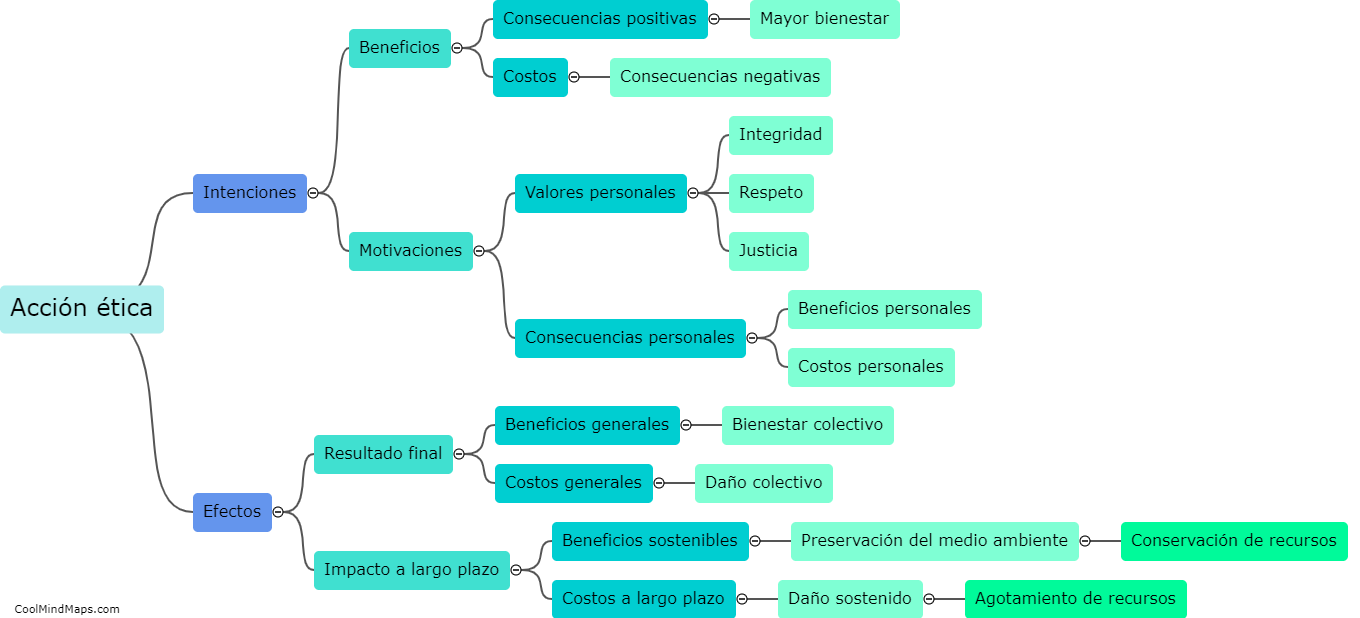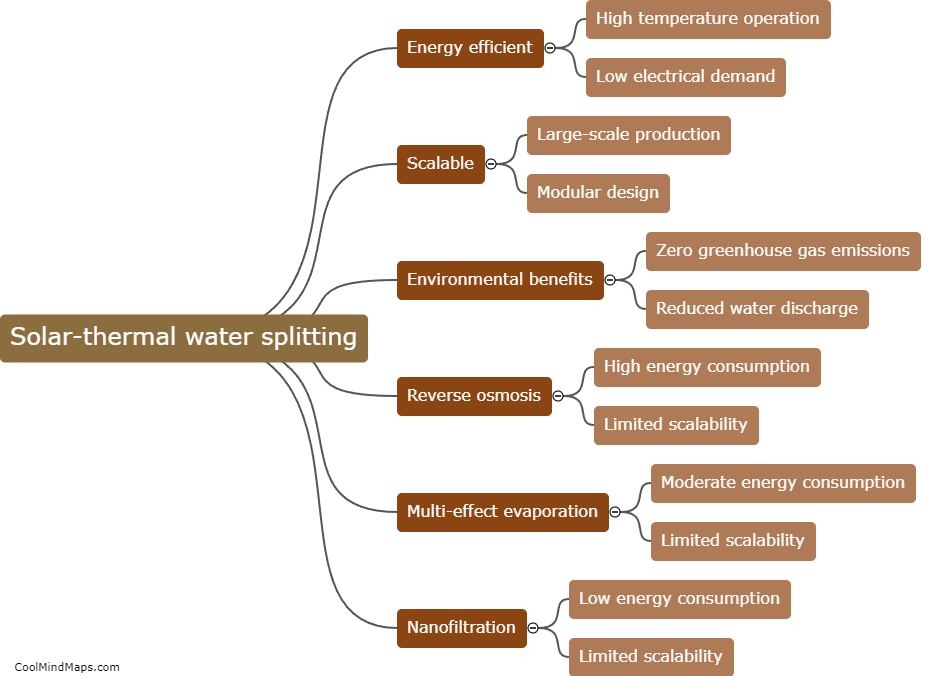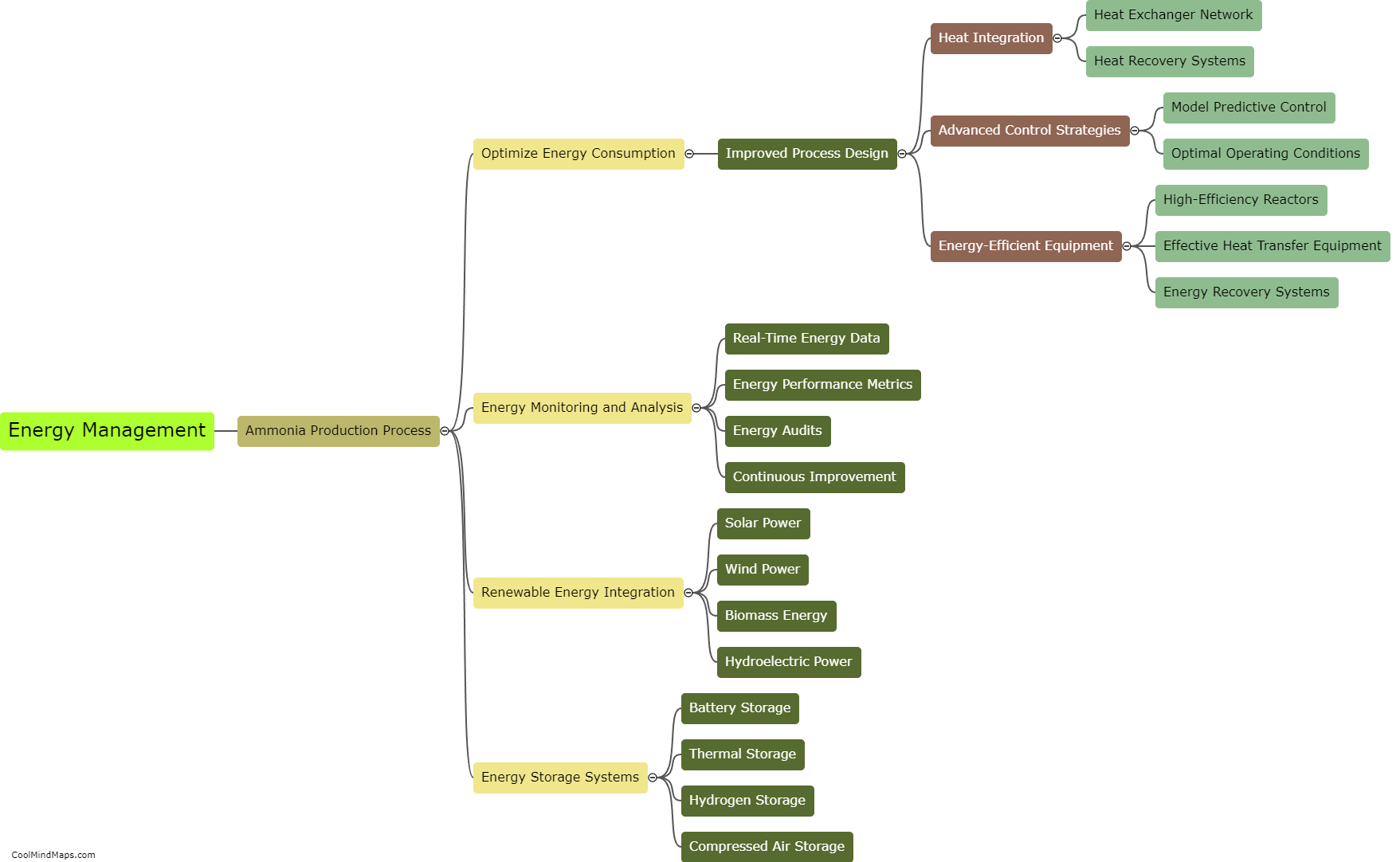What are the challenges in implementing solar-thermal water splitting technology?
Implementing solar-thermal water splitting technology poses several challenges that need to be addressed for its successful adoption. Firstly, one primary challenge is the high temperature and intense conditions required for the water splitting process. Achieving and maintaining these extreme conditions can be technically challenging and costly. Additionally, the efficiency of the water splitting process needs improvement as it currently requires a significant amount of energy to produce hydrogen fuel. This necessitates the development of advanced material systems that can efficiently absorb and convert solar energy. Furthermore, there is a need for large-scale infrastructure and storage solutions to manage the intermittent nature of solar power, ensuring continuous and reliable operation of the water splitting technology. Despite these challenges, ongoing research and technological advancements hold promise in overcoming these obstacles and potentially unlocking the full potential of solar-thermal water splitting technology.

This mind map was published on 4 October 2023 and has been viewed 129 times.











